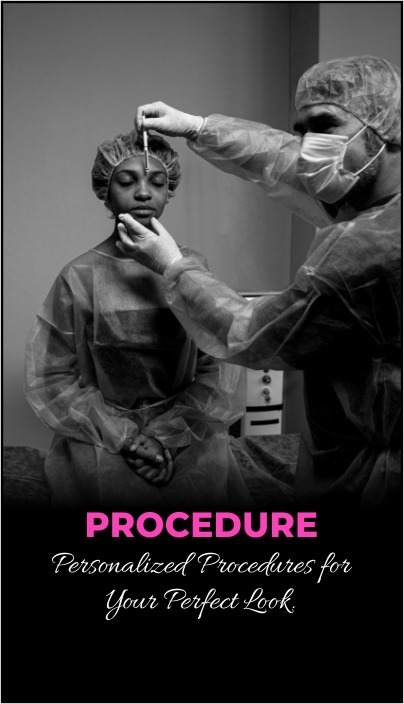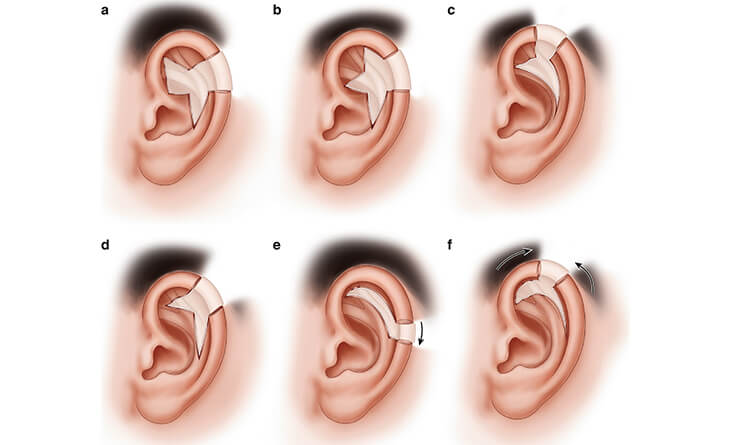

Ear reconstruction is surgery to repair or rebuild the external part of the ear, called the auricle or pinna. This surgery may be done to correct an irregularity of the outer ear that is present at birth (congenital defect) or to restore an ear affected by cancer surgery or damaged by trauma, such as a burn.
Several surgical approaches are available for ear reconstruction. Cartilage taken from the ribs can be used to make a framework for the ear, or a medical implant may be used. In some cases, an artificial (prosthetic) outer ear anchored in bone may be an option.
For children who need ear reconstruction for a congenital condition, the surgery is often done between the ages of 6 and 10, though it may be possible earlier in some cases.
Ear reconstruction is done to treat various conditions affecting the outer part of the ear, such as:
Ear reconstruction only affects the outer part of the ear and does not impact hearing. In some cases, hearing surgery may be done alongside ear reconstruction.

Like any major surgery, ear reconstruction carries risks such as bleeding, infection, and reactions to anesthesia. Other risks include:
Ear reconstruction requires a team of specialists, including a plastic surgeon and an ear specialist (otolaryngologist). If hearing loss is a concern, a hearing specialist may also be involved. Preparation includes:
Ear reconstruction may be performed in a hospital or outpatient surgical clinic, and it is typically done under general anesthesia. You will be in a sleep-like state and won’t feel pain during the procedure surgery.
Several approaches to ear reconstruction surgery are available:
This approach, called autologous reconstruction, is often used for children with ear conditions present at birth. The surgery is typically done between ages 6 and 10 when the ear has reached adult size, and there's enough rib cartilage available for the procedure.
This method involves 2 to 4 surgeries depending on the surgeon’s technique. The surgeries include:
This approach uses a medical implant instead of cartilage from the ribs. The implant is anchored at the ear site and covered with a flap of skin from the side of the head, as well as additional skin from another part of the body. This method generally requires only one surgery and can be performed on children as young as 3.
In this approach, any remaining part of the ear is removed, and an artificial ear (prosthesis) is anchored into the bone at the ear site. This method may be used in cases of severe damage, such as burns, or when a large portion of the ear is missing due to cancer surgery. It is more commonly performed on adults than children.
Recovery after ear reconstruction varies depending on the surgery type. Some procedures may require a hospital stay, while others may allow you to go home the same day. After surgery, you may experience:
Follow your health care provider's instructions for taking pain medicine. If pain worsens even after taking medication, contact your provider right away.
You'll also receive advice on how to care for your ear post-surgery. This may include wearing a covering over your ear for several days. Avoid sleeping on the side where the ear was reconstructed and refrain from rubbing or placing pressure on the ear. Wearing loose-collar or button-down shirts can help minimize discomfort.
Talk to your health care provider about when you can resume activities such as bathing and physical exertion. Young children need close supervision to avoid damaging the reconstructed ear during rough play or strenuous activities.
Full healing after ear reconstruction can take up to three months. If you are unsatisfied with the results, discuss the possibility of additional surgeries with your surgeon to improve the ear’s appearance.
